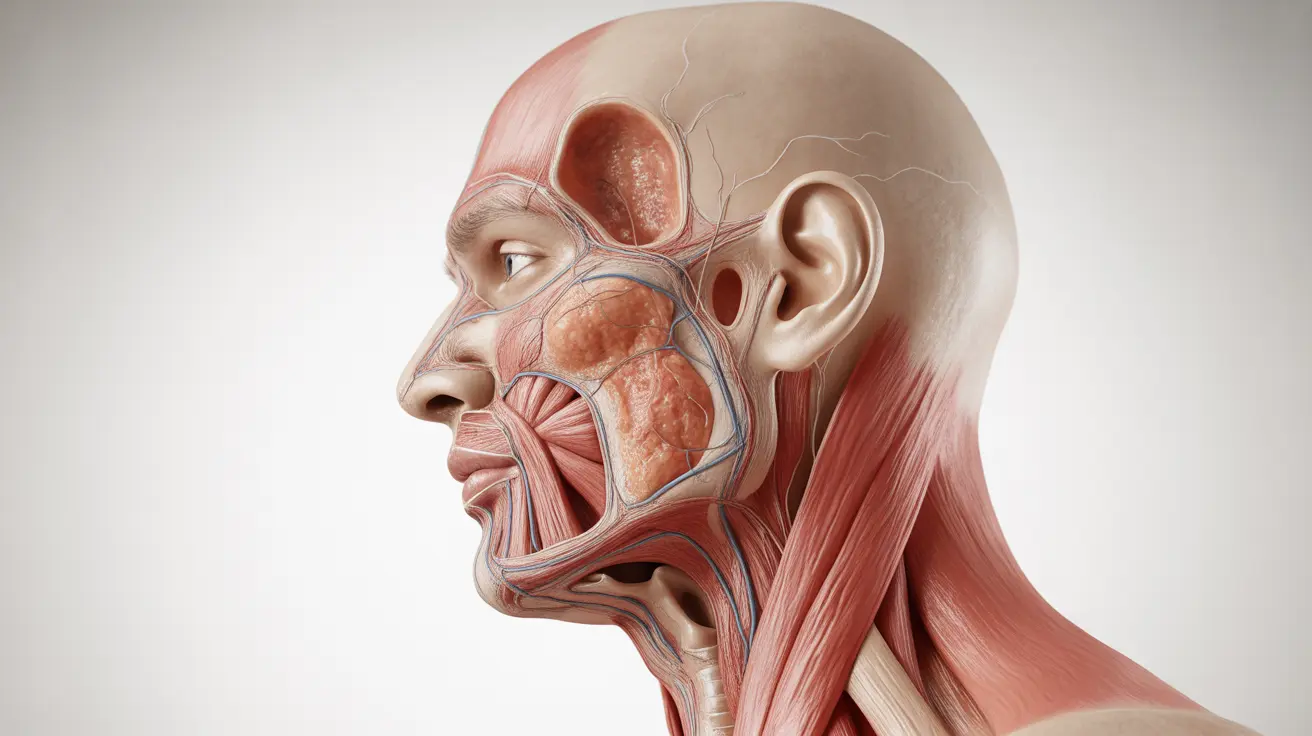Understanding Neck Trigger Point Injections
Trigger point injections are a specialized medical procedure where a healthcare provider injects a solution directly into specific points of muscle tension, known as trigger points. These points are tight bands or knots in the muscle tissue that can cause both localized and referred pain throughout the neck and surrounding areas.
The injection typically contains a local anesthetic and may include a corticosteroid to reduce inflammation. This combination helps to relax the muscle, decrease inflammation, and break the pain cycle that's often associated with chronic muscle tension.
The Procedure Process
During a trigger point injection procedure, your healthcare provider will:
- Identify and mark the specific trigger points
- Clean the injection site thoroughly
- Insert a small needle into the trigger point
- Deliver the medication directly into the affected muscle
- Apply pressure to the injection site
- Monitor your immediate response to treatment
The entire procedure typically takes only a few minutes per injection site, and multiple trigger points can be treated in a single session.
Benefits and Expected Outcomes
Neck trigger point injections can provide several important benefits:
- Immediate pain relief in many cases
- Reduced muscle tension and stiffness
- Improved range of motion
- Decreased inflammation
- Better sleep quality
- Enhanced ability to participate in physical therapy
The duration of pain relief can vary among individuals, lasting from a few days to several months, depending on the underlying condition and individual response to treatment.
Potential Side Effects and Risks
While generally considered safe, trigger point injections may cause some temporary side effects:
- Soreness at the injection site
- Minor bleeding or bruising
- Temporary numbness
- Skin discoloration
- Mild pain flare-up immediately following the procedure
Serious complications are rare but should be discussed with your healthcare provider before treatment.
Ideal Candidates for Treatment
Trigger point injections may be particularly beneficial for individuals who:
- Experience chronic neck muscle pain
- Have identifiable trigger points
- Haven't responded well to conservative treatments
- Suffer from myofascial pain syndrome
- Have tension headaches related to neck muscle tension
Your healthcare provider will evaluate your specific condition to determine if you're a suitable candidate for this treatment.
Comparison with Alternative Treatments
Trigger point injections represent one of several treatment options for neck pain. They may be used alongside or as an alternative to:
- Physical therapy
- Dry needling
- Massage therapy
- Acupuncture
- Oral pain medications
The choice of treatment depends on various factors, including the cause and severity of your pain, previous treatment responses, and individual preferences.
Frequently Asked Questions
What are neck trigger point injections and how do they help relieve chronic neck muscle pain?
Neck trigger point injections are medical procedures where medication is injected directly into painful knots in neck muscles. They help by relaxing the muscle tissue, reducing inflammation, and interrupting pain signals, providing relief from chronic neck muscle pain.
How is a neck trigger point injection procedure performed and what should I expect during treatment?
The procedure involves identifying trigger points, cleaning the area, and injecting medication using a fine needle. It's typically quick, taking just a few minutes per injection site. You may feel a brief pinch during the injection and some immediate pressure relief afterward.
What are the common benefits and typical side effects of trigger point injections for neck pain?
Common benefits include immediate pain relief, reduced muscle tension, and improved mobility. Typical side effects may include temporary soreness at the injection site, minor bruising, and occasional short-term pain flare-ups.
Who is a good candidate for neck trigger point injections and when should this treatment be considered?
Good candidates include individuals with chronic neck muscle pain who haven't responded well to conservative treatments. The treatment should be considered when physical therapy and medication haven't provided adequate relief, and specific trigger points can be identified.
How do trigger point injections compare to dry needling or other treatments for neck muscle pain?
Trigger point injections deliver medication directly to the painful area, while dry needling uses needle insertion without medication. Trigger point injections often provide faster relief but may be more expensive. The choice between treatments depends on individual factors and should be discussed with a healthcare provider.




